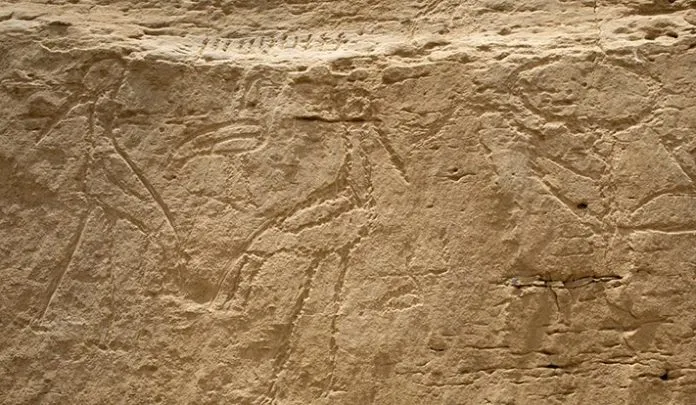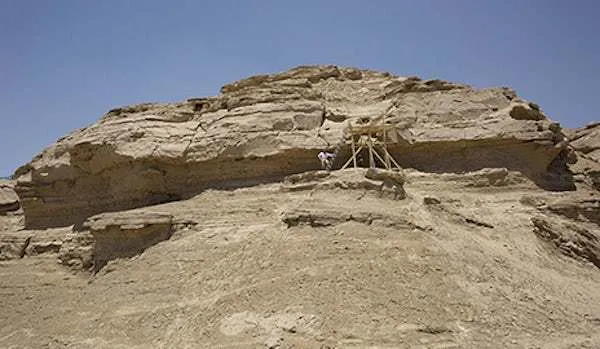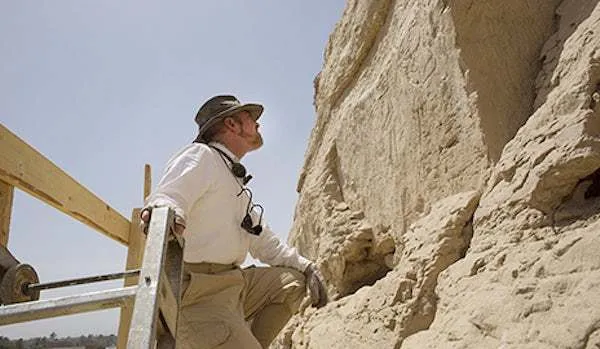Archaeologists from the Yale University and the Royal Museum of Art and History of Belgium discovered ancient Egyptian rock inscriptions that can tell you when the wide layers of ancient Egyptian society began to use the system of hieroglyphic writing. Found huge inscriptions date from about 3.250 BC and are a form of writing, which, as previously believed by researchers, at that time enjoyed only the ruling class.

The inscriptions were found on a hill in the Elkab desert, it was a lively area in ancient Egypt. Although the hieroglyphs were widely known for tokens and labels, at that time, it was believed that written characters were used mainly for bureaucratic purposes. But here they were, scratched on a rock along one well-traveled road, like a road sign indicating that commoners at that time were also literate.

The scientists were very surprised by the size of the characters. Most of the characters are usually only a centimeter or two in height, but these hieroglyphs were taller than 50 centimeters.

"We have met such hieroglyphs more than once, but this size is for the first time. It's like seeing letters on a computer screen and then seeing the same letters, but on a huge billboard, "says John Coleman Darnell, a professor at Yale University.
The inscription consists of four signs, written from right to left, this is the dominant direction in the late Egyptian texts. Symbols include a bull's head on a pole and two storks standing back to back, with ibis in between. These symbols are often found in later texts that describe the cycle of solar activity and luminosity, and according to Darnell, they can "signify the concept of royal power over an ordered cosmos."